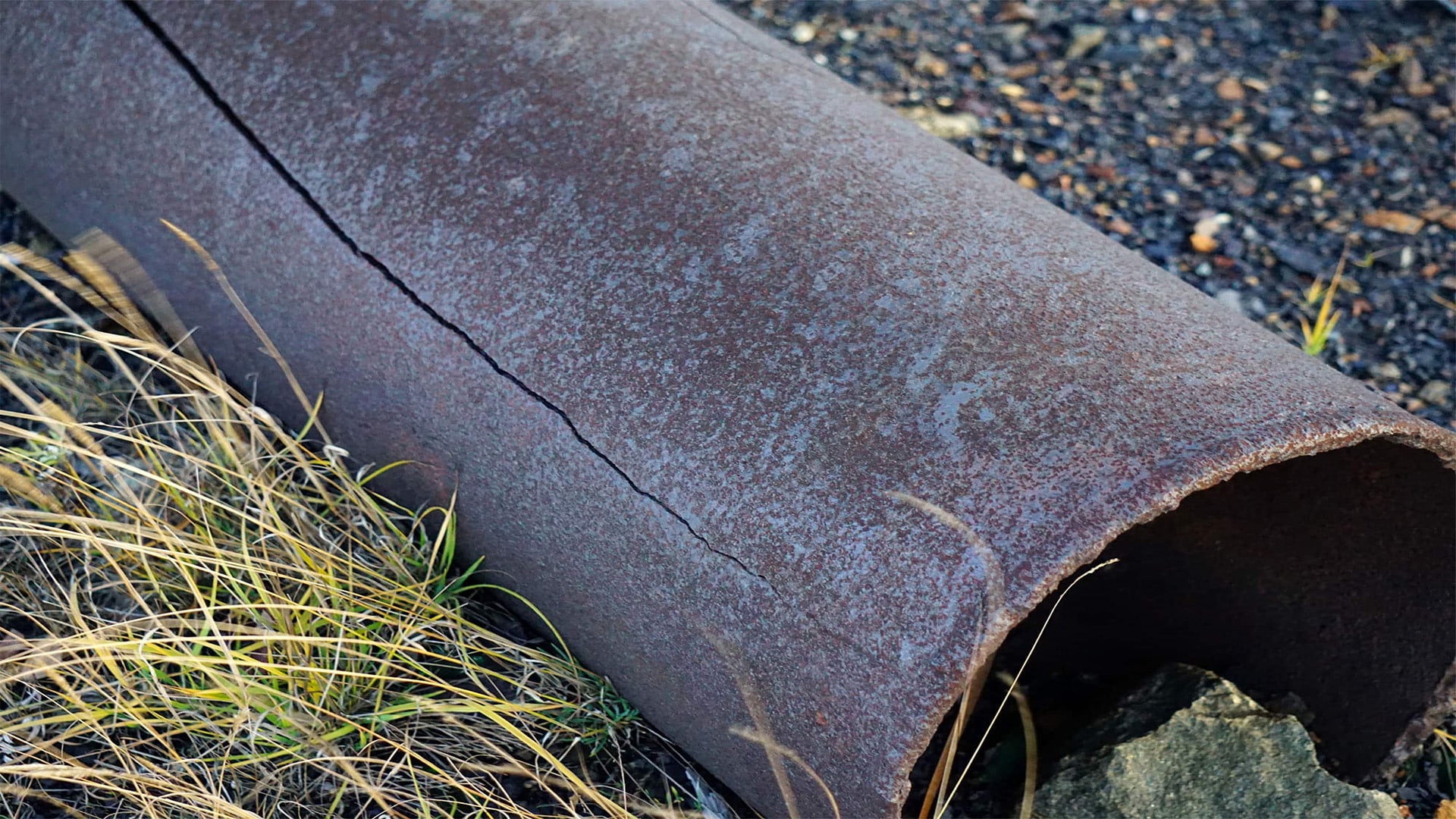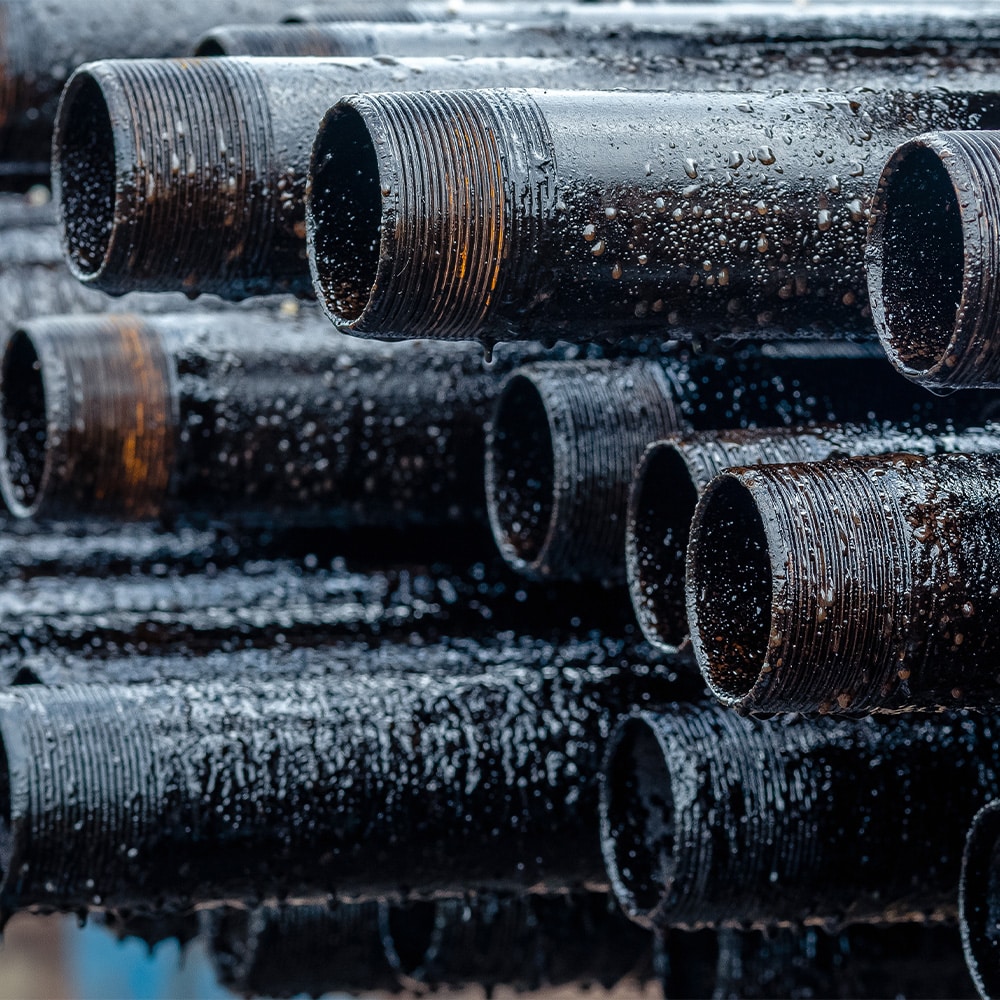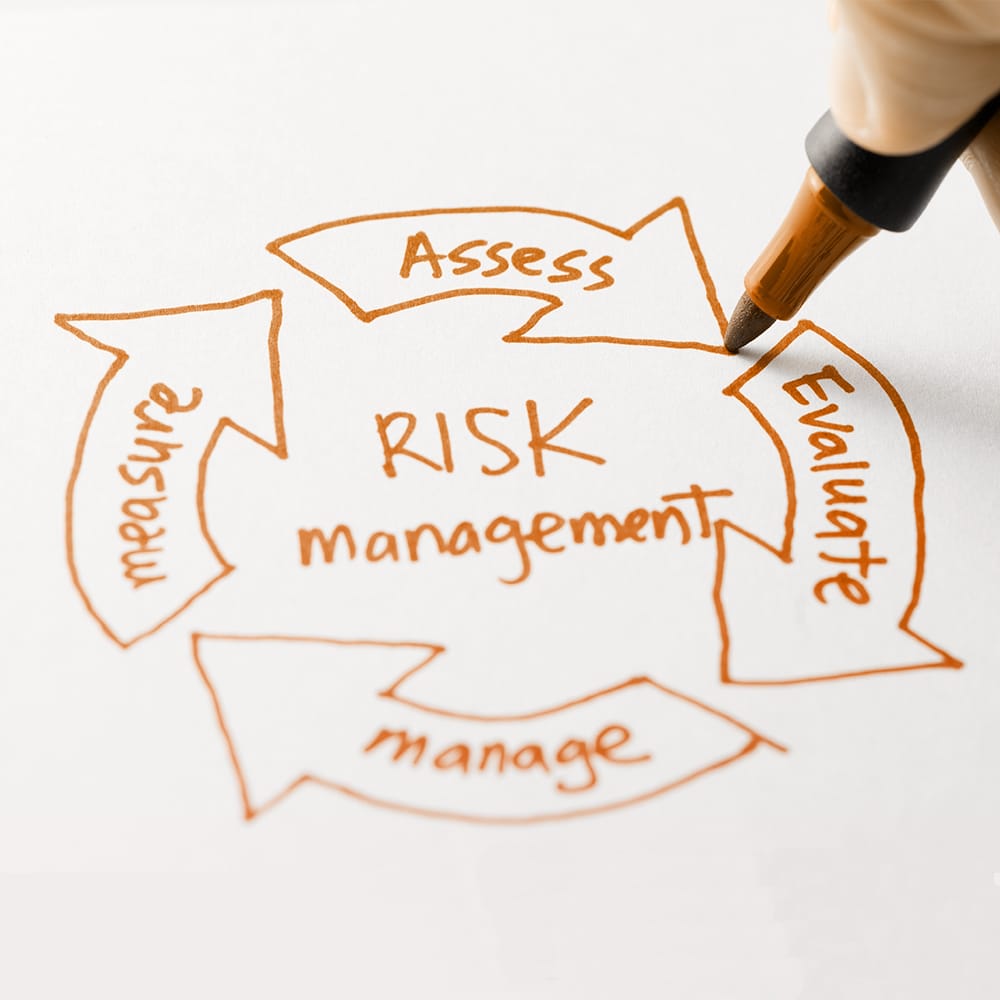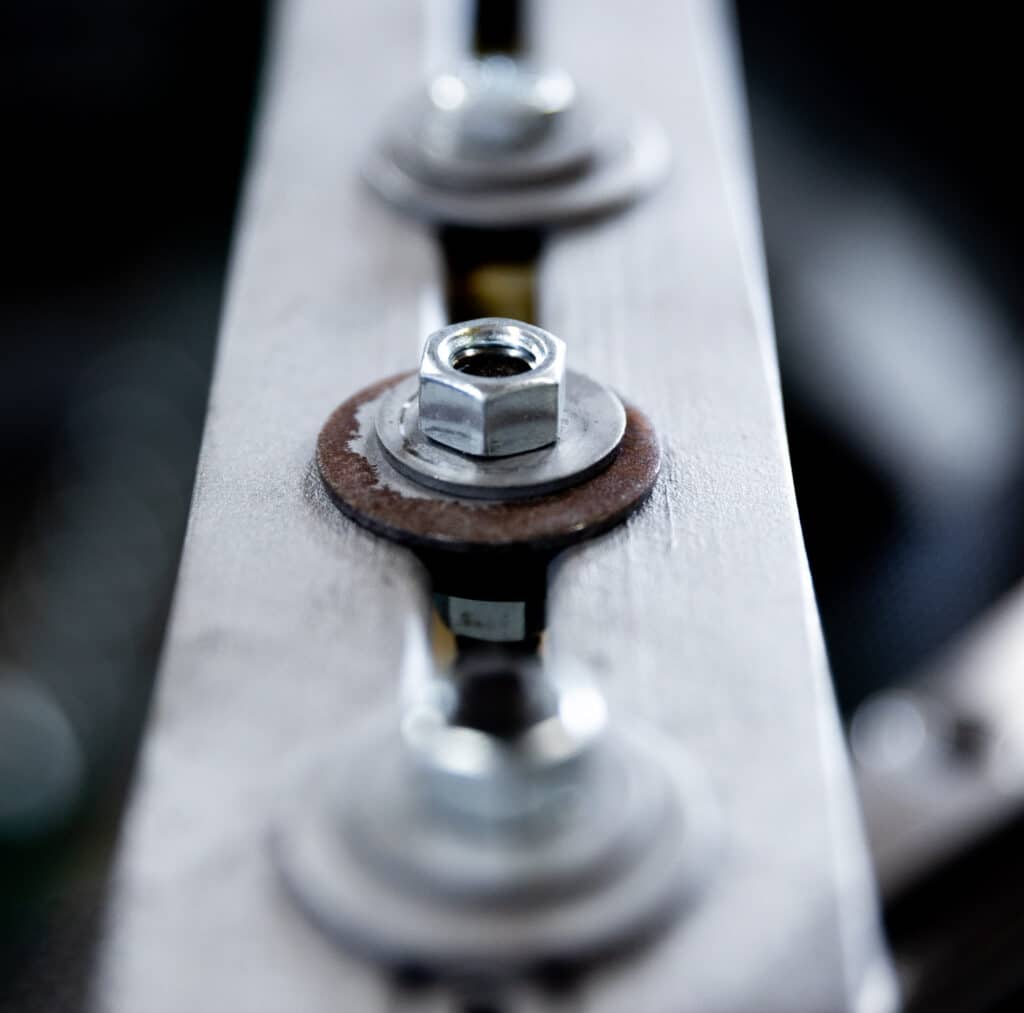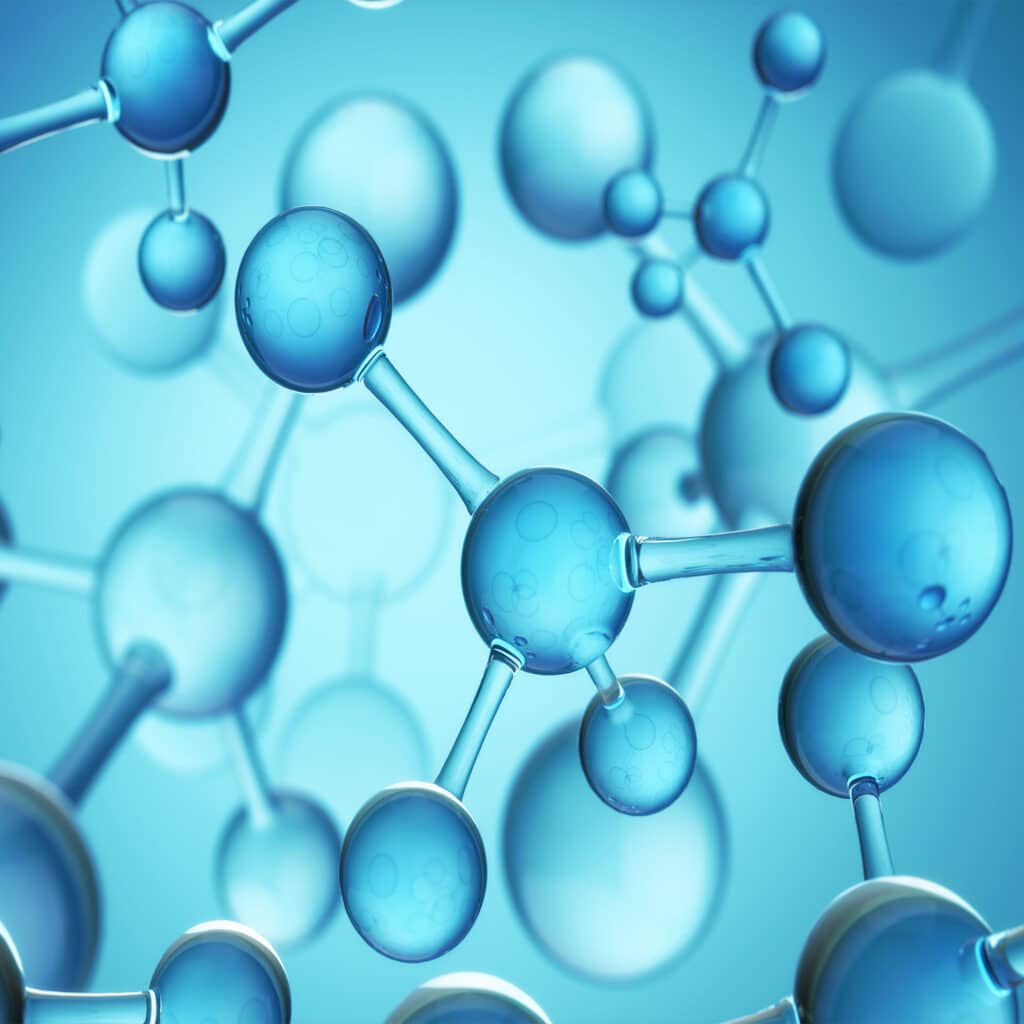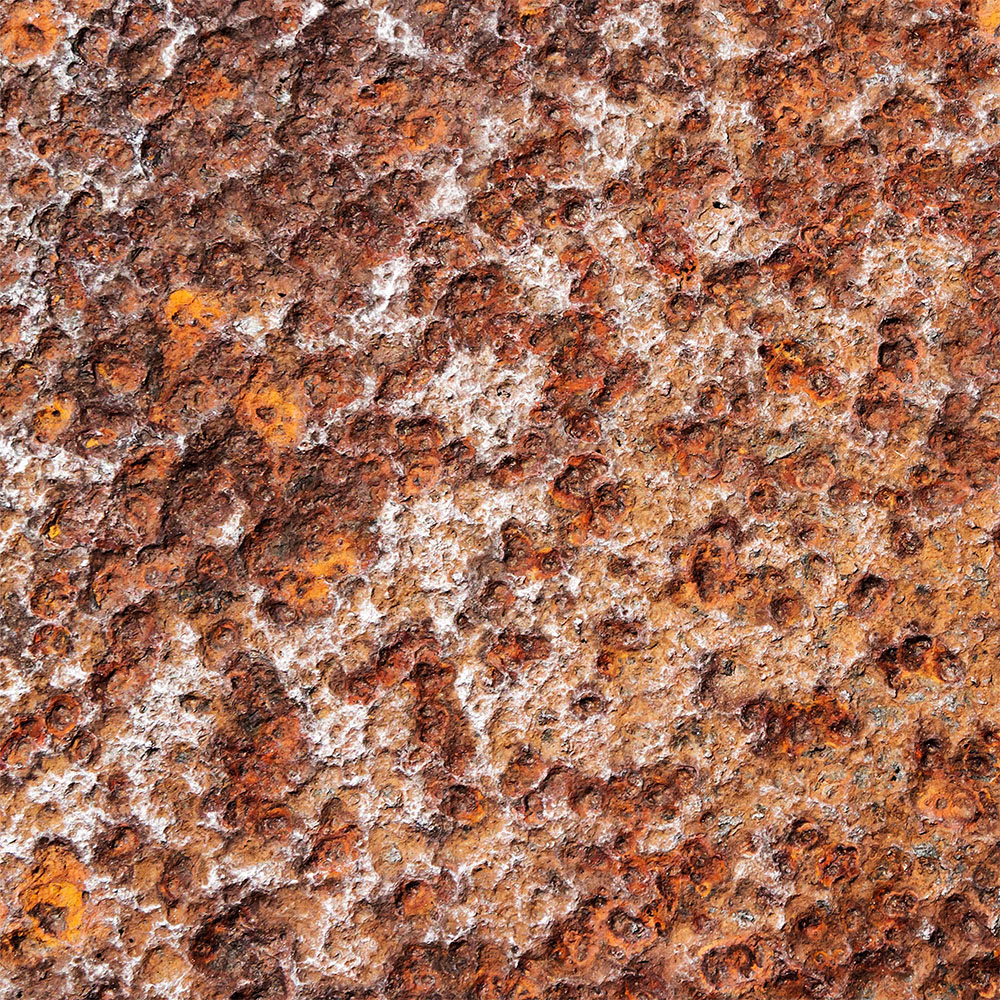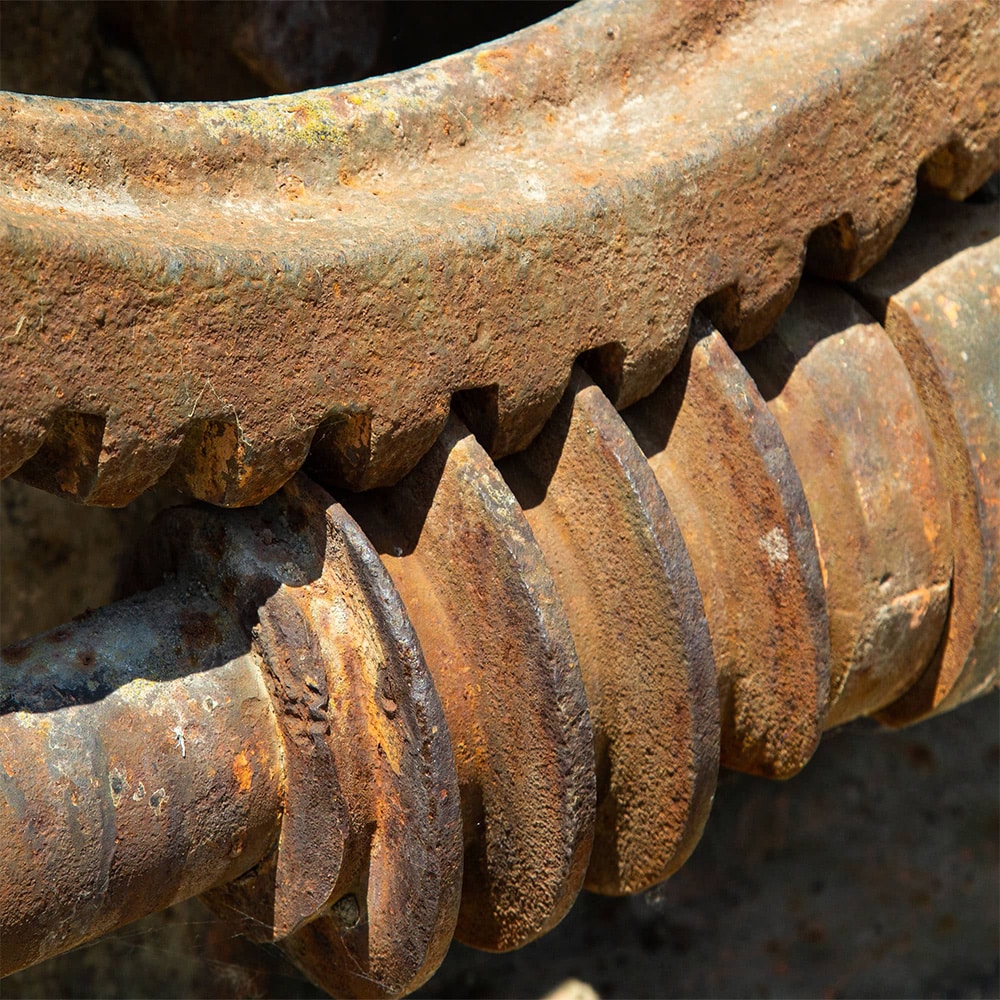The temperature at which stress corrosion cracking (SCC) occurs depends on the material and environment. SCC typically arises within a specific temperature window where tensile stress and corrosion mechanisms are active. Here are common examples by material type:
- Stainless Steels in Chloride Environments: SCC is most likely between 50°C and 150°C (122°F–302°F), where chloride ions destabilize the passive film on the surface.
- Carbon Steels in Caustic Solutions: Cracking tends to begin above 60°C (140°F), particularly in concentrated alkaline environments.
- Brass in Ammonia-Rich Environments: SCC can occur even at room temperature when exposed to ammonia or ammonium salts.
- High-Strength Alloys (e.g., aluminum, titanium): Susceptibility can span a broad temperature range, depending on alloy composition, microstructure, and environmental exposure.
Understanding the temperature sensitivity of SCC is critical for selecting the right materials and applying preventive strategies in corrosive service environments.
